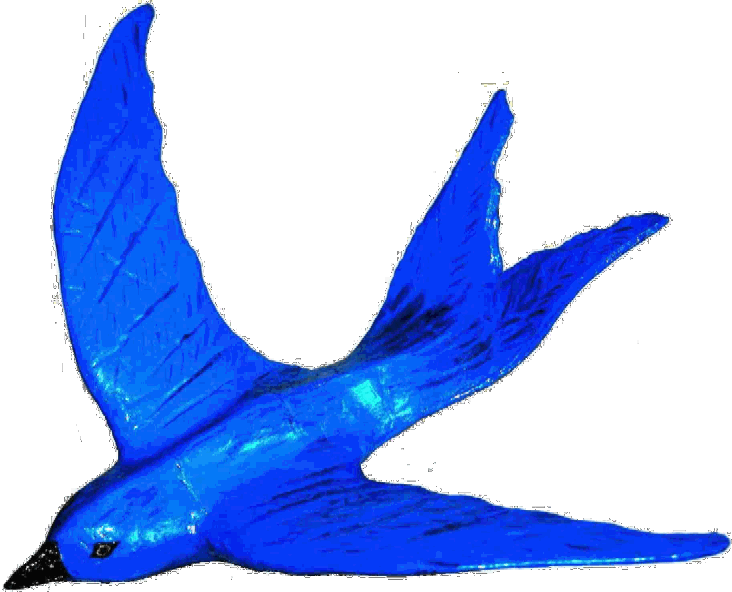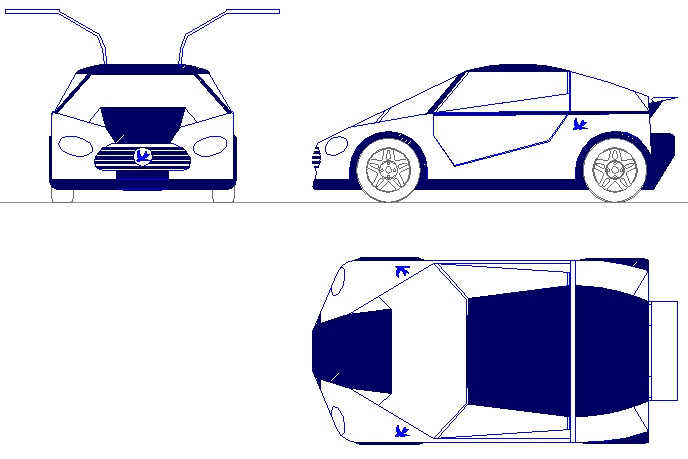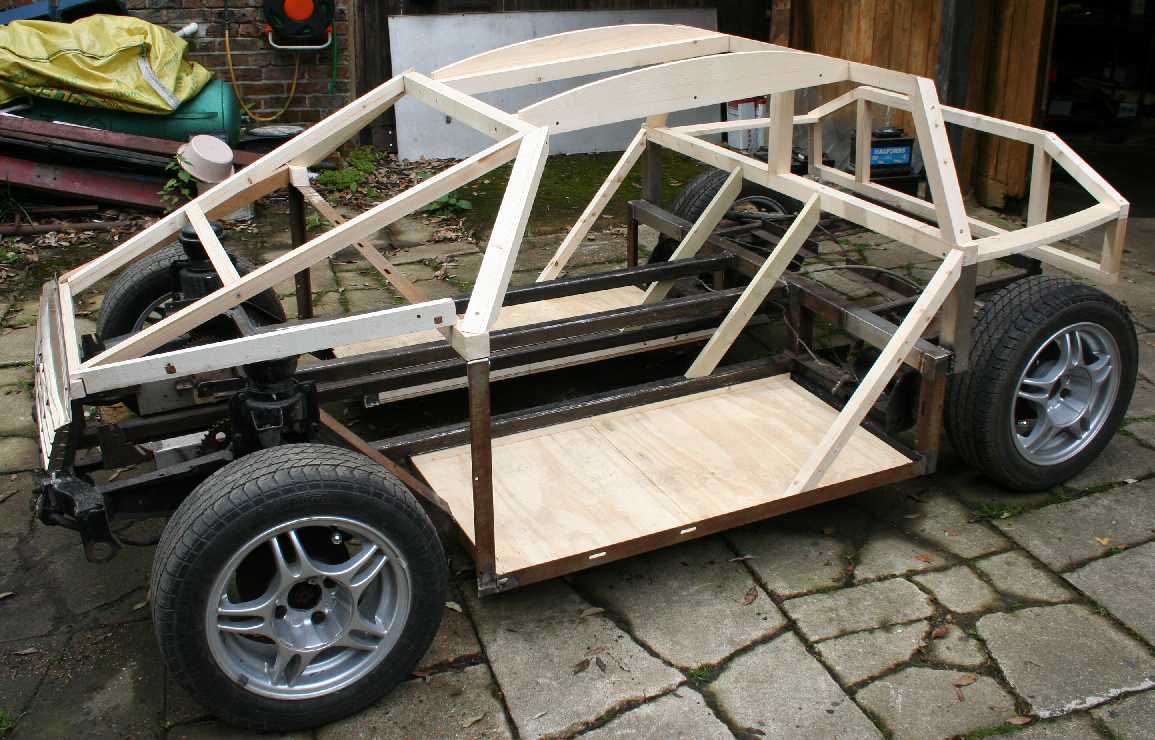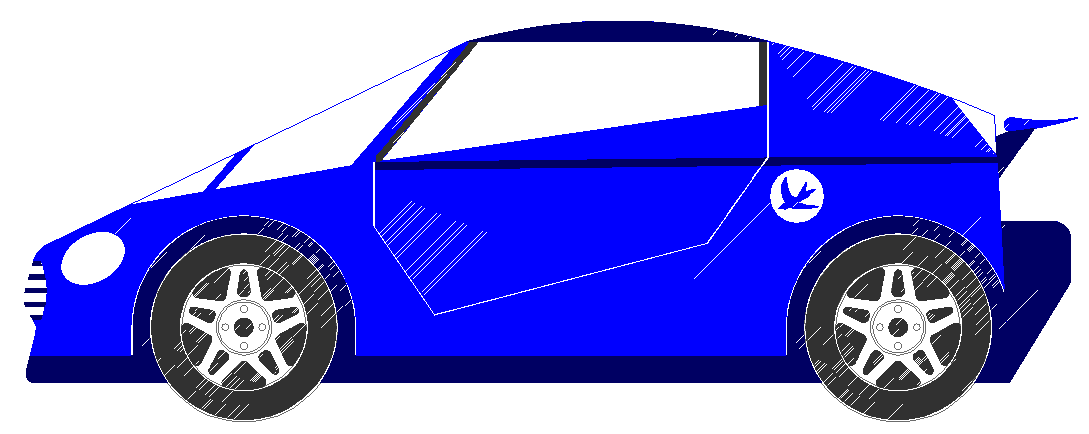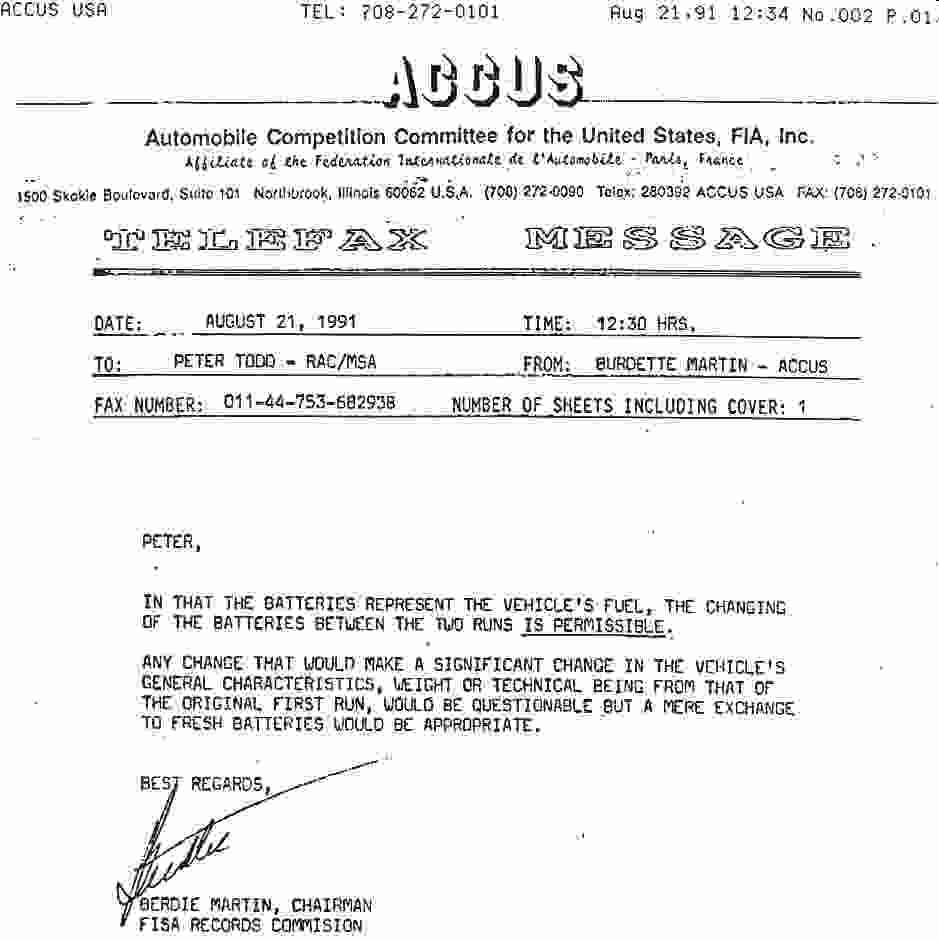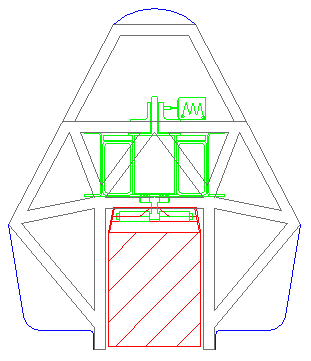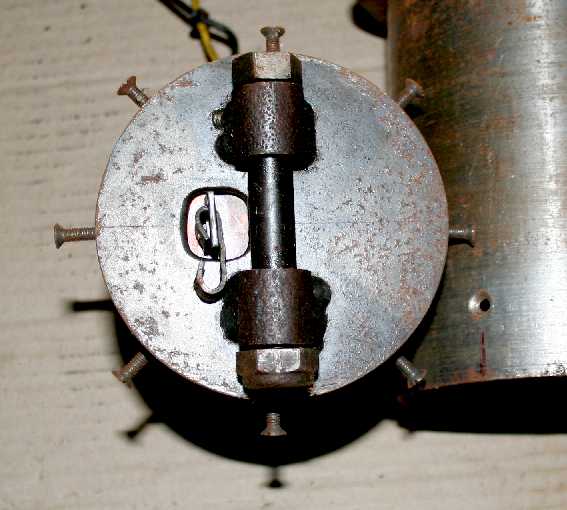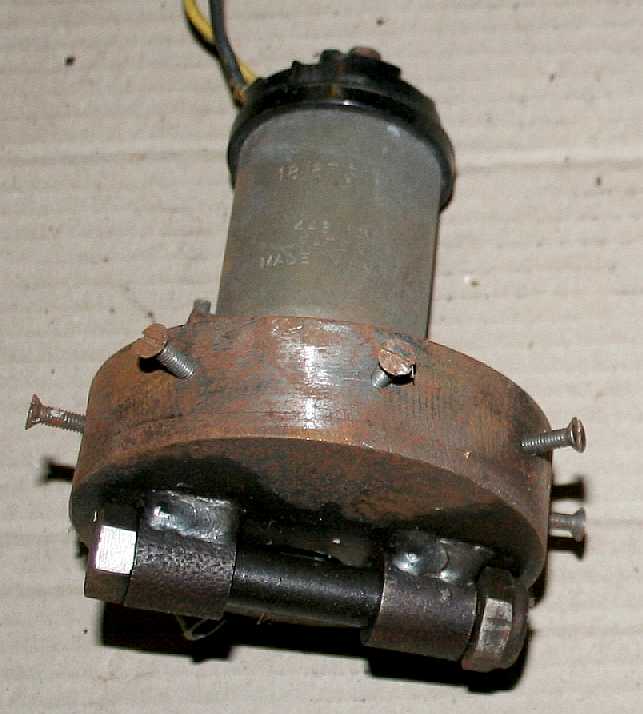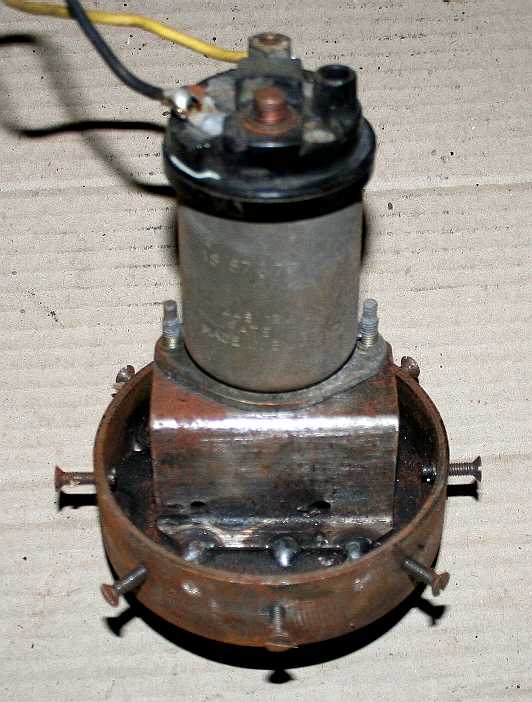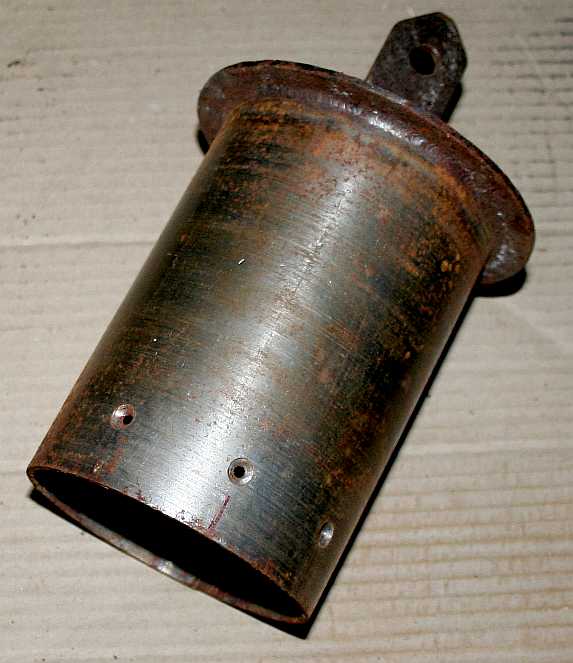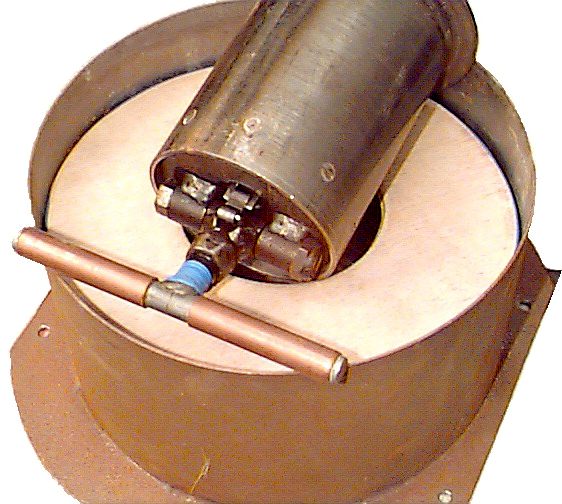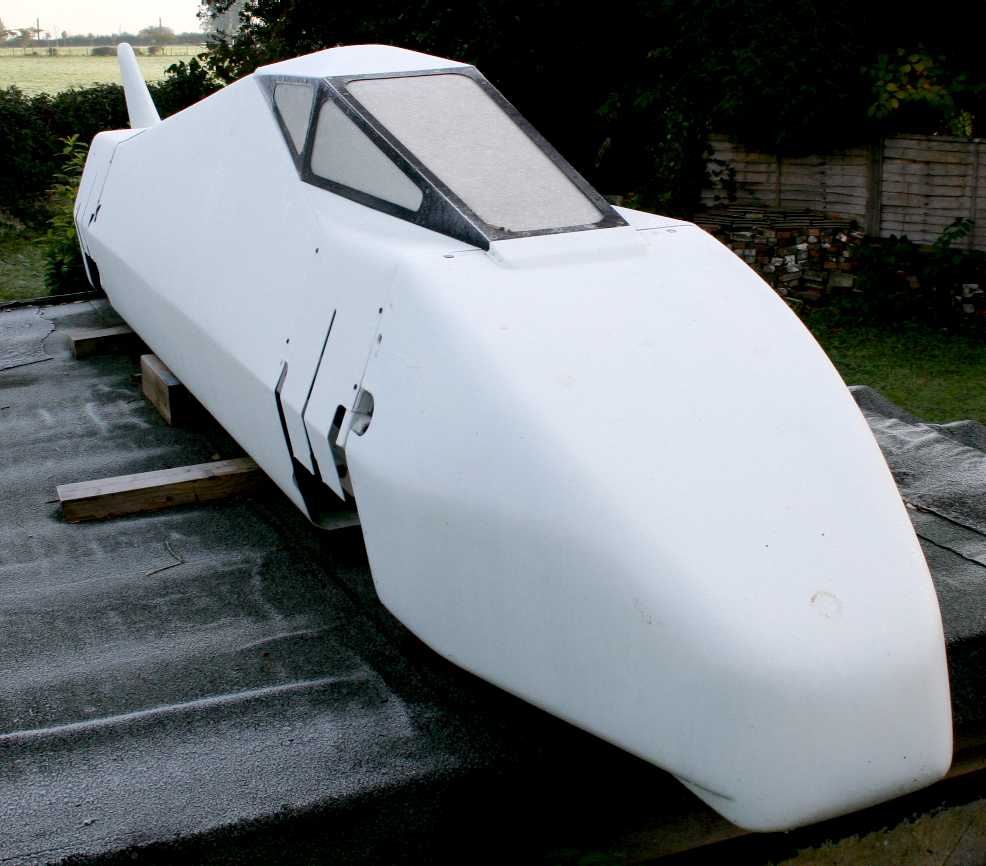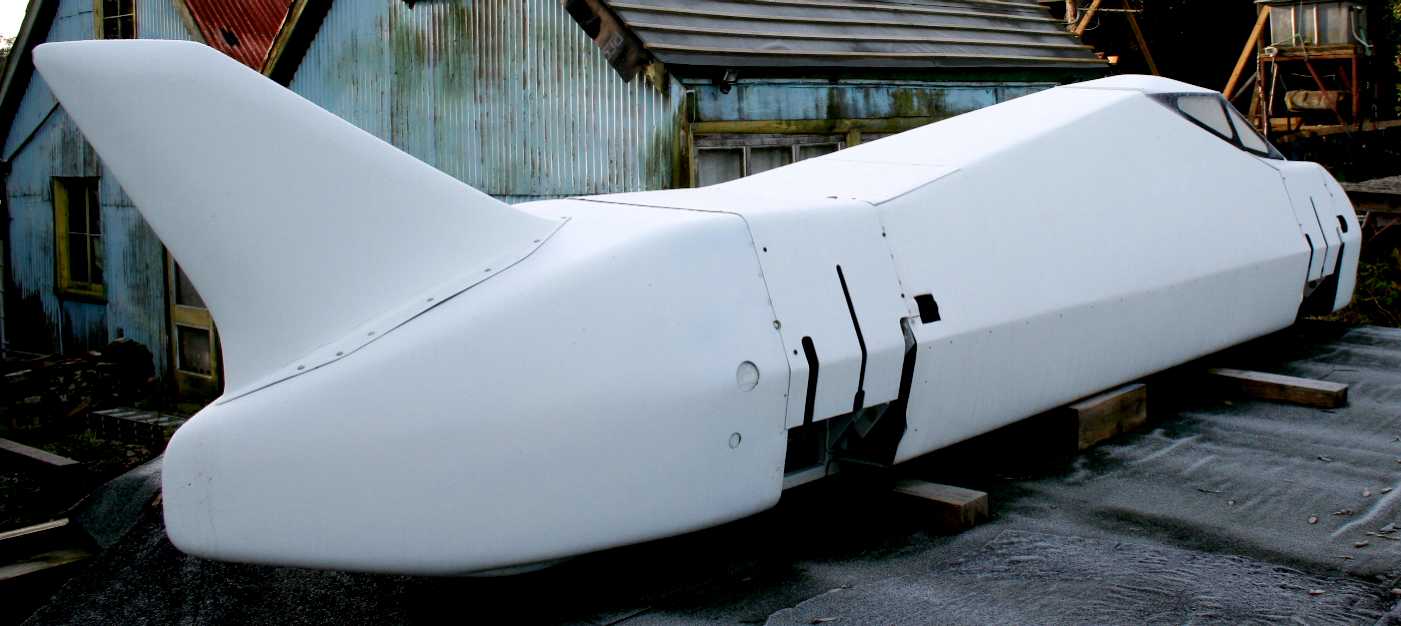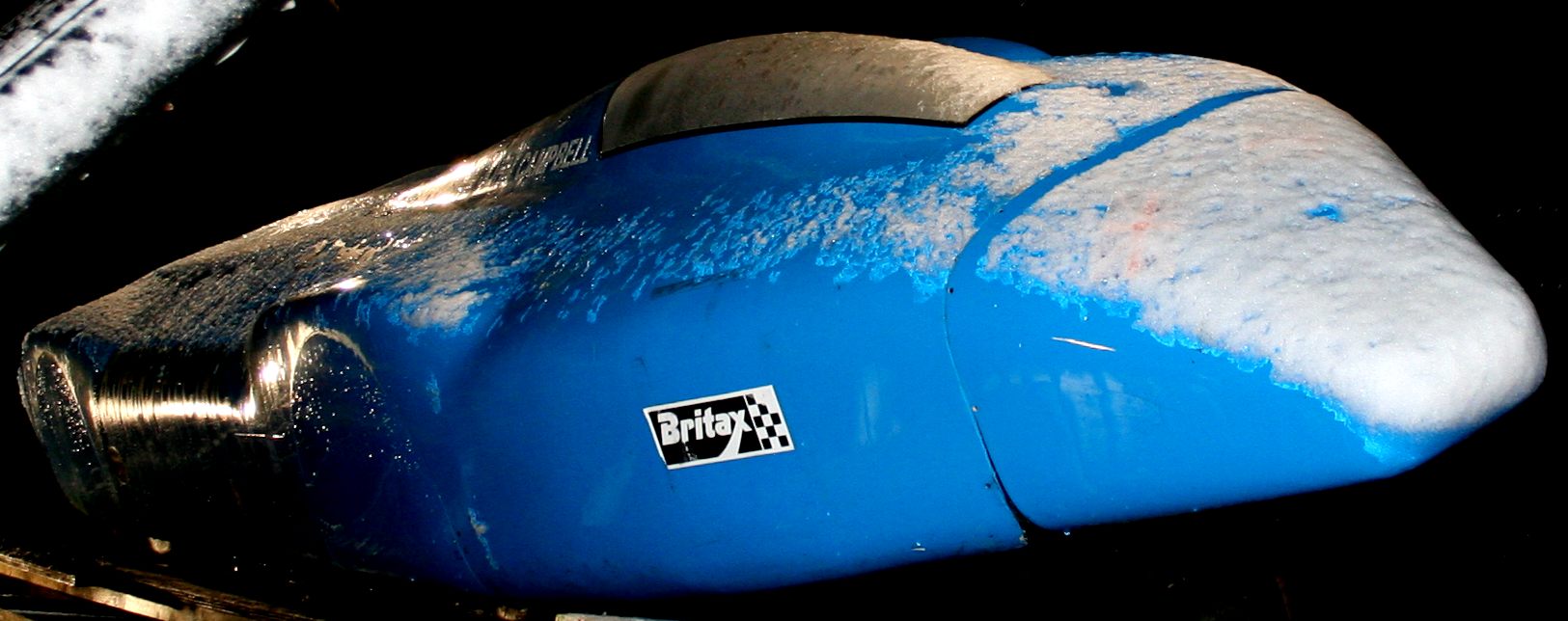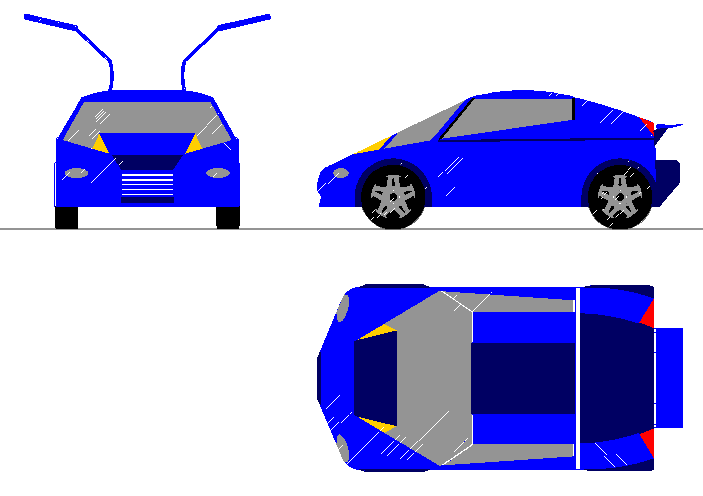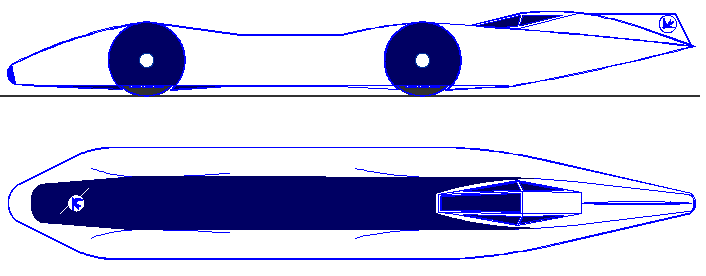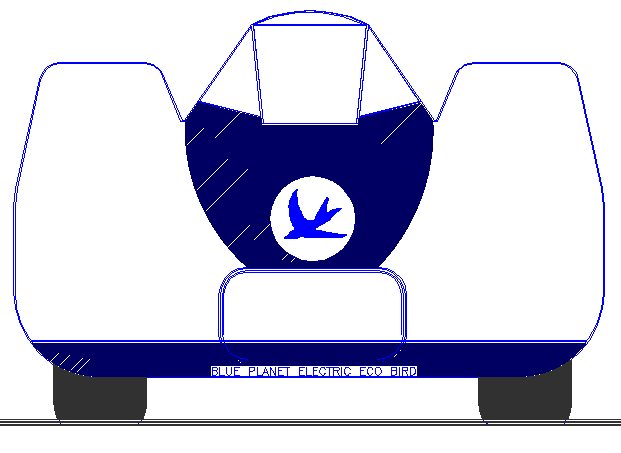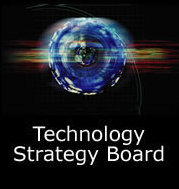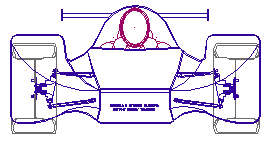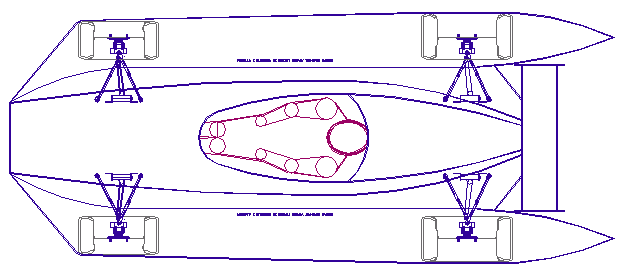|
EV BATTERY EXCHANGE REFUELING
|
|||||||||||||||||||||||||||||||||||||||||||||||||||||||||||||||||||||||||||||||||||||||||||
|
ROAD CARS
This was new in 2014, the Ecostar DC50 (BE4) is the first car designed for the road that uses instant cartridge exchange recharging. The vehicle was part built by Bluebird Marine Systems by volunteers for a an attempt to beat Tesla's 'Lands End to John o'Groats' road rally record in 2015. It never happened because ocean plastic came to the attention of the company. All resources went to designing a vessel to collect marine plastic from 2015 to 2017 - followed be period of dormancy.
Ecostar DC50 under construction in Sussex - May 2014. The prototype body is being built traditionally on timber frames to form a buck onto which body panels are fixed. This is a city sports car concept with a range of around 300 miles per cartridge exchange when coupled to the right gearbox and 200 miles with a single ratio and 20Kw/hr lithium battery cartridge. The two seat city car is extremely compact as you can see in the photograph above, which compare to the AutoCAD drawing below for visualization of how she will look.
The DC50 is to use a lighter energy cartridge than previously and faster loaders. An improvement patent application is in the wings to include details of how this system is very much faster over the original specification, which was never fully disclosed. Features that are considered to be important are the electrical contacts and safety mechanisms. The lifting handles are also of a new and improved design and the mechanical lifters are more powerful. We hope that the speed of charging of this vehicle will propel it into the Guinness Book of World Records one day. It should be around three times faster than the Tesla demonstration in 2013, by Elon Musk.
Ecostar club racer featuring the patent Bluebird™ instant recharging system that is ideal for sustainable smart cities. The sad news is that the company developing this cutting edge technology will not qualify for EU, Local Enterprise or TSB funding under the current rules that support companies with a trading record and university research, rather than start-ups with fresh ideas. In the 1990s the Dti refused funding for the development of a similar system on the pretext that there was no future for battery electric vehicles. That decision allowed competitor companies to gain the technology lead. Einstein said that imagination is more important than knowledge. We say that leadership requires imagination. Pity we can't bottle some up for the Dti.
HISTORY & FORWARD PROPOSED RACING PROJECTS
The Blueplanet was a demonstrator of a truly innovative range extender for electric vehicles - and the attempt is solar powered. Yes, that's right, the Blueplanet high performance racing car is powered by energy from nature. How many 300 mph plus streamliners can claim that? Bluebird Marine Systems was negotiating for the rights to build this vehicle, such as to incorporate the latest cartridges, etc. But since then have elected to concentrate on road cars and service infrastructure.
The first car in history built using cartridge exchange loaders as part of the vehicle's chassis is the BE1. You can see from the design drawings below how this was achieved. It is a truly unique approach from a designer who is famous for innovative concepts. The green loading servos are placed at each end of the vehicle to lift the cartridge into position. Special hooks line up and engage with the cartridge, then the servos lift the cartridge into the vehicle battery bay. Once in position, two steel safety bolts lock the pneumatic servos in the lift position.
The fax shown above dating from 1991 from ACCUS (FIA) confirmed that a cartridge based system was competition compatible as a means to refuel a vehicle - of fast charge an EV.
Conceived in 1990, the design had progressed to that above by 1992, built in the next few years, for a first public showing complete at the National Motor Museum: Beaulieu, with kind permission of Lord Montagu (1995/6). The chassis above is one of the smallest and lightest for a machine capable of 200+mph. She is shown here with 8 x 10 kW Lynch single motors, totaling 80 kW or 107 hp. These could be replaced by 8 x Lynch 40 hp doubles simply by unbolting four bolts on each mount to up the power to 320hp. At the time this design was conceived, the world record to beat was just 175mph. With that kind of power, taking the record would have been a walk in the park.
The unloading procedure is the reverse. The servos lift the cartridge, the steel security bolts release and the servos exhaust, lowering the cartridge at a controlled rate. Finally the hooks are disengaged and the car rolls off the spent cartridge onto a fresh cartridge. It could not be easier. A desert, eco friendly refueling system in its basic form.
The above photographs are of one of the battery cartridge servo power lifters fitted to the BE1. Inside each pneumatic cylinder was one of these central steel cylinders that sat on top of a plywood piston, housing a solenoid actuator. The actuator lifted the (male) hook out of the (female) hook to effect release. The hook was also the electrical contact, consisting of a steel 'T' with copper tubes on each arm of the 'T' - while the female hook was also made of welded steel with a brass 'V' liner insulated from the steel by a nylon inter-liner. Note: The hook is shown below. The speed of lift was governed by the pressure applied to the cylinders from two small onboard compressors. Limit switches stopped the servo at the correct height. The speed of lift could be varied from 10-60 seconds, depending on the voltage applied, storage vessel capacity, etc. Lowering was also very fast from a simple control valve. If you were not careful, almost an uncontrolled gravity drop that might damage the batteries. Despite the rapidity of the mechanism, it was not developed further with robotic controls because of the height difficulties.
Cartridge exchanges were extremely quick. But this was not a road car. The mass of the concept servos was more than offset by the ability to exchange cartridges twice during a record attempt, significantly increasing the performance of the land speed record car. Production servos would be less than half the weight of this prototype - which was nevertheless design genius in 1991 when conceived and patent applied for.
PROJECT EARLY HISTORY
In true BE1 fashion, the BE3 design team wanted this car to be as self-supporting as possible. Thus, the car had to have an integral mechanism to change batteries, and logically, the batteries would have to be one large cartridge as before. For the BE3 the team will not be using the faster pneumatic loading system, because of the height problems associated with direct vertical lift. This system was successfully fitted into a road car, with cartridge exchange speeds of around two minutes, reduced to a minute, with a little development - faster than filling up with petrol at a conventional forecourt.
That is the concept behind the latest all green 'Eco' electric world challenger, a further development of two original LSR concept racing cars from 1993/5 and 1996/7 featuring battery cartridge exchange as a means of refueling the car after each flying mile run: the BE1 and BE2. The inventor was granted a patent for his original system and we are keeping the latest improvements a secret, to be able to apply for additional patent protection should funds be secured for this valuable social research. The BE2 is one of the most beautiful land speed record cars to date, which the future BE3 team hope to surpass with their latest curves.
As far as we know, the Blueplanet Ecostar is the only electric LSR vehicle currently featuring built in battery cartridge refueling. Rather short sighted, the FIA have not sanctioned cartridge refueling for the new Formula E series. While this gives the BE3 pride of place in the realm of fast electric vehicles, it does nothing for motorsport, where the technology is available to raise the performance of EVs, for the road.
We believe that the Blueplanet Ecostar LSR has all the ingredients to set a blistering pace across sand and salt and blaze a trail for EV development as a showcase for manufacturers. Development of such a system for road cars ceased in the UK after the English Department of Trade and Industry (Dti) formally advised (1997/9) the inventor that battery electric cars had limited prospects and they were giving all their funding to fuel cell and hydrogen cars. Funding of such development is always a problem for innovators, and that body blow from 'Foresight' killed all thought of investment until the call for proposals from the European Commission and now NineSigma has once again raised the hopes of innovators that forward funding might be available for collaborative risk share.
The team believe that the future of motoring rests with the development of efficient electric vehicles, be they solar assisted, hybrid, battery or fuel cell. But all of these formats will benefit by battery cartridge exchange (BCE) - which allows near instant refueling. Not only that, but there is an element of load leveling with BCE that cannot be ignored. Such load leveling could not take place with inductive loop charging as has been proposed, for example, by Lord Drayson. We believe, that while such technology has its place in the realm of EV infrastructure, that, on its own inductive charging will increase the load that electricity provider will have to generate - unacceptably.
HISTORIC VEHICLE - The BE1 retired just before going into storage, seen here one frosty morning at Herstmonceux. She will be restored and repainted as per the original Bluebird livery, for display as a science museum exhibit. The BE1 was the first car in history to be able to exchange energy cartridges unaided, using the built in pneumatic loaders seen above.
POINTING TO THE FUTURE - The BE2 retired from promotional use and in a museum display - as you can see - at the moment open to the elements. The BE2 was the second car in history to be able to exchange energy cartridges unaided, using built in pneumatic loaders. One day a version of this system may find its way into production cars like the BMW i3. When it does, range inhibitions that at the moment put off potential motorists from becoming climate friendly, will feel confident about EV purchases.
BACK TO THE FUTURE
For 2014/16 the chassis of the BE3 has been redesigned to cope with more power via a new transmission. For example, if the AMG Mercedes motors were incorporated, this would be a truly astounding, fire breathing 740-2220 hp car, depending on motor arrangement. This amount of power could eventually break the 400 mph barrier and more. It will be a gigantic leap forward if we can get an electric vehicle to compete with its piston petrol powered rivals. The record book would then have gone full cycle, where the first land speed record was indeed electric.
Computer simulation reveals that in its current form the Blueplanet Ecostar is capable of significantly exceeding 350 mph. The car is to be constructed in the United Kingdom, aiming for a first showing in 2015-16.
The team are looking for academic and manufacturing collaborative partners such as energy companies, motor, or solar panel manufacturers. Such a risk share partnership will qualify for match funding from the European Commission and possibly Nine Sigma.
We are inviting motor manufacturers in particular to consider supporting this project for eventual incorporation in prototype concept cars based on an existing range of vehicles. Looking forward to a simplified electric vehicle refueling forecourt - with Pay As You Drive (PAYD) intelligent battery support.
Contact the 'A' team:
THE BLUE BIRDS OF HAPPINESS
DEVELOPMENT
In 2013 the Blueplanet body was lowered and narrowed. Whereas the BE2 had a forward driver position for maximum aerodynamic efficiency, the BE3 has a traditional drag streamliner arrangement with the driver at the rear, faired into the tailfin. The Venturi Jamais Contente Buckeye Bullet team decided that their mid driver position made little difference to their aerodynamics, but they preferred the middle seating for driver comfort.
The Blueplanet team may one day power this revolutionary car into the record books with an attempt on the British land speed record. The Blueplanet team hope to break the 200mph barrier in the UK using cartridge recharging technology, then go on to the USA to attempt to break the 350mph barrier. It's a race between the Buckeye Bullet BB3 and the Blueplanet, which begins at Pendine Sands.
Inspired by the designs of Reid Railton and Ken Norris (CN7 below) - The Blueplanet is probably the world's fastest electric car concept, not just a stunning looker: 350mph + using energy from nature. This blue bombshell shoehorns built in battery cartridge exchange into its curvaceous streamlined coachwork. The cartridges are charged using renewable solar energy.
ENERGY GENERATING-DISTRIBUTION UTILITIES
The world's fastest electric circuit racers need a system to recharge batteries instantly during pit stops. The Formula E concept design above from BMS incorporates the patent Bluebird™ instant energy transfer system - potentially allowing EV refueling or recharging in around 10 seconds - with a good pit crew. Get your free developer License from Bluebird Marine Systems Ltd. Contact us to see if we can speed you to the winners rostrum.
|
|||||||||||||||||||||||||||||||||||||||||||||||||||||||||||||||||||||||||||||||||||||||||||
|
This
website is Copyright © 2017 Bluebird Marine
Systems. The
names Bluebird,
Blueplanet, Ecostar DC50™ and the blue bird in flight
|
|||||||||||||||||||||||||||||||||||||||||||||||||||||||||||||||||||||||||||||||||||||||||||
